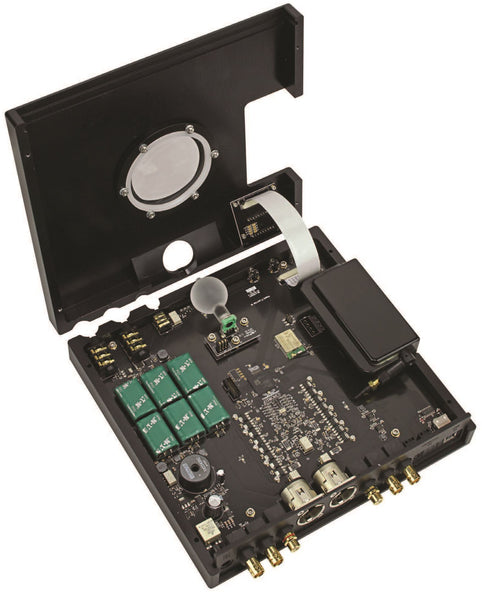
70% cooled with external devices and 30% with intravascular devices.Rewarming began after 28 hours (increase temperature by no more than 0.3☌ per hour until 40 hours).A feedback-controlled system used to maintain target temperature (bladder temperature probe).Rapid cooling achieved by cold fluids and physical cooling devices (surface or intravascular devices).Hypothermia group: target temperature 33C.Defined as SBP 30 minutes or evidence of end-organ hypoperfusion.Baseline characteristics between groups (Hypothermia vs Normothermia).1850 analysed for survival (11 lost to follow-up).930 in Hypothermia arm, 931 in Normothermia arm.1861 analysed as intention to treat (39 withdrew consent).Unconscious: as defined by the FOUR score motor response 180 minutes since ROSC, non-cardiac cause for arrest, not unconscious, limitations to care in place.Sustained ROSC: >20 minutes of circulation without need for chest compressions.Out-of-hospital cardiac arrest of presumed cardiac or unknown cause.

Last data collection: 6-month follow-up completed mid 2020 with 24 month follow-up ongoing.Active recruiting through 2018 to early 2020 Dates of randomisation: pilot phase began late 2017.Highest recruiting countries: Sweden, UK, Switzerland, France, Czech Republic.Number of countries: 14 countries, 61 institutions.This was increased to 1900 to account for loss to follow-up Power Calculation: A total of 1862 participants gave a power of 90% (alpha 0.05, NNT 13.3) to detect an absolute risk reduction of 7.5% in mortality (assuming 55% mortality).MRS was performed via a structured interview with interviewers receiving formal training.Where possible the patient and a proxy were used to obtain information Outcome assessment was by face-to-face interview (72%) or telephone interview (particularly used when the COVID-19 pandemic began).Duplicate manuscripts were written for each scenario before randomisation was revealed.Non blinded clinicians, however assessors of prognosis, participants, outcome assessors, statisticians, data managers blinded.Outcomes assessed at 30 days, 6 months, 24 months (ongoing).Pre-specified secondary outcomes (neurological outcome and health related quality of life) and subgroup analyses (sex, age, time to ROSC, initial rhythm and whether shock present on admission).Web-based allocation using permuted blocks of varying sizes (stratified by site + TAME randomisation) in 1:1 ratio.Randomisation occurred in the emergency department.
Tt2 compendium trial#

36☌ in patients with an out-of-hospital cardiac arrest from a presumed cardiac cause.

In patients who are unconscious following out-of-hospital cardiac arrest, does targeted hypothermia compared with targeted normothermia, impact all-cause mortality?.Hypothermia versus Normothermia after Out-of-Hospital Cardiac Arrestĭankiewicz J for the TTM2 Trial Investigators.


 0 kommentar(er)
0 kommentar(er)
